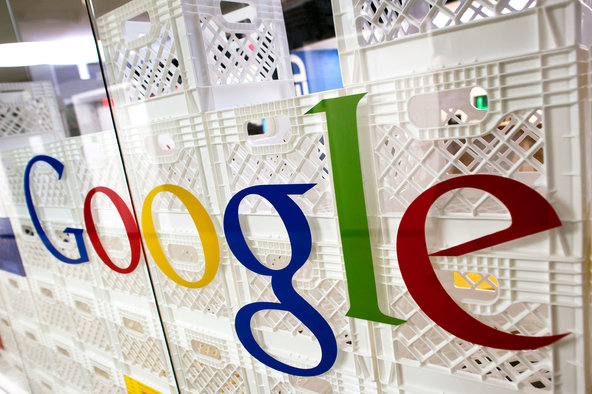 Karsten Moran for The New York Times Google said that thousands of its users inside Iran had been the targets of a sophisticated e-mail phishing campaign.
Karsten Moran for The New York Times Google said that thousands of its users inside Iran had been the targets of a sophisticated e-mail phishing campaign.
Google said on Wednesday that it had uncovered a vast Iranian spy campaign that had been targeting tens of thousands of Iranian citizens over the last three weeks.
“These campaigns, which originate from within Iran, represent a significant jump in the overall volume of phishing activity in the region,” the company said in a blog post. “The timing and targeting of the campaigns suggest that the attacks are politically motivated in connection with the Iranian presidential election on Friday.”
The company said that thousands of its users inside Iran had been the targets of a sophisticated e-mail phishing campaign in which attackers send users a link that, when clicked, sent them to a fake Google sign-in page where the attackers could steal login credentials.
The surveillance campaign is just the latest evidence that political groups are increasingly using digital means to keep tabs on their opposition. During elections last April in Malaysia, security researchers at the University of Toronto’s Citizen Lab found evidence that servers in Malaysia were running FinSpy, a surveillance tool sold to governments by the British surveillance firm Gamma Group. According to security researchers, the targets appeared to be members of Malaysia’s opposition party.
Google would not say how it had traced the current spy campaign to Iran because it did not want to tip off attackers. It did say, however, that it was confident the attackers were the same ones behind a sophisticated attack in 2011 on DigiNotar, a Dutch company that sells certificates that validate the security of a Web site. By compromising the certificate authority, the attackers were able to intercept users’ Web traffic and compromise their computers.
Security researchers who analyzed the DigiNotar attack believe the company was compromised by Iran or hackers working on its behalf. By tying the latest Iranian phishing campaign to Iran, Google’s findings on Wednesday seemed to confirm that Iran was also behind the DigiNotar attack.
Of the DigiNotar attack, Phil Zimmermann, a pioneer of encryption software, said, “There are thousands of Iranian dissidents in prison today because of that.”
Compared with the public uproar that followed Iran’s 2009 elections, the run-up to this week’s elections has been tightly controlled. Many leaders of the 2009 opposition have fled the country, been silenced or jailed. The two main presidential challengers in those elections, Hussein Moussavi and Mehdi Karroubi, remain under house arrest.
Article source: http://bits.blogs.nytimes.com/2013/06/12/google-says-it-has-uncovered-iranian-spy-campaign/?partner=rss&emc=rss
